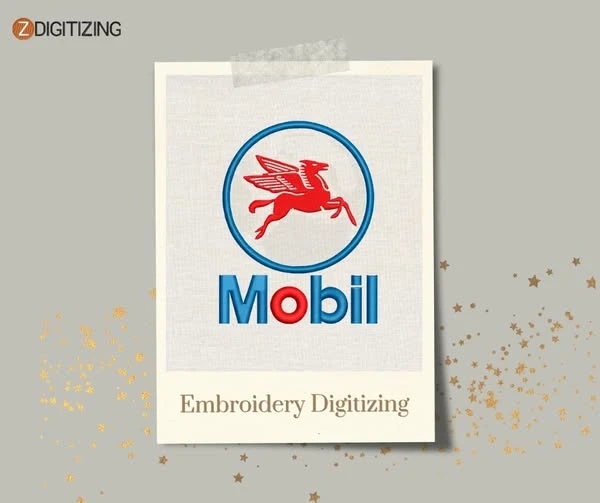In today's visually driven world, branding plays a critical role in how businesses communicate their identity, and nothing signifies a brand more than its logo. As embroidery continues to grow in popularity for both promotional and personal purposes, logo digitizing has become a crucial step in translating digital designs into high-quality embroidered artwork.
But what exactly is logo digitizing, and why is it important?
What Is Logo Digitizing?
Logo digitizing is the process of converting a regular image or logo into a digital embroidery file that embroidery machines can read. Unlike simple image conversion (like changing a JPEG to a PNG), digitizing requires an understanding of stitches, thread types, and machine capabilities. It’s an art and science that ensures a logo looks great when stitched onto fabric.
Why Is Logo Digitizing Important?
Digitizing is not just about conversion; it's about adaptation. A logo may look great on a screen or a business card, but translating that into thread and fabric comes with unique challenges. With logo digitizing, you create a file that guides embroidery machines on how to stitch the design precisely and beautifully.
Key Benefits of Professional Logo Digitizing
- Consistent Branding: Your logo appears uniform across different media, from shirts and hats to bags and jackets.
- Machine Compatibility: Embroidery machines require a specific format like DST, PES, or EXP, which digitizing provides.
- Stitch Optimization: Reduces thread breaks and enhances the speed and quality of production.
- Enhanced Detailing: Small text, intricate patterns, or gradient-like effects can be achieved with expert digitizing.
- Durability: Embroidered logos last longer than printed ones, offering long-term brand visibility.
The Logo Digitizing Process: Step by Step
Logo Analysis
The digitizer reviews the logo for complexity, color count, and size. Not all logos are embroidery-friendly in their original form; adjustments may be required.
Pathing Strategy
Determines the stitch order to minimize jump stitches and thread trims, improving efficiency and appearance.
Stitch Type Selection
Depending on the design elements, digitizers use:
- Satin stitches for outlines or text
- Fill stitches for large areas
- Running stitches for fine details
Underlay Configuration
Underlays stabilize the fabric and help in achieving a clean final stitch-out.
File Testing and Editing
A sample run is done to see how the design performs on fabric. Based on the result, tweaks are made for perfection.
What to Consider When Choosing a Digitizing Service
If you're a business owner, designer, or embroidery shop owner, outsourcing digitizing to a professional is a smart move. Here’s what to look for:
- Experience with complex logos
- Quick turnaround times
- Multiple file formats
- Customer support and revision policies
- Stitch efficiency to reduce thread waste
Final Thoughts
Logo digitizing is more than a technical requirement. It's a foundation for quality embroidery. A poorly digitized logo can ruin a beautiful product, while a professionally digitized file brings a logo to life with precision and style. Whether you're customizing uniforms, promotional products, or fashion items, investing in professional logo digitizing ensures your brand makes a lasting impression.



